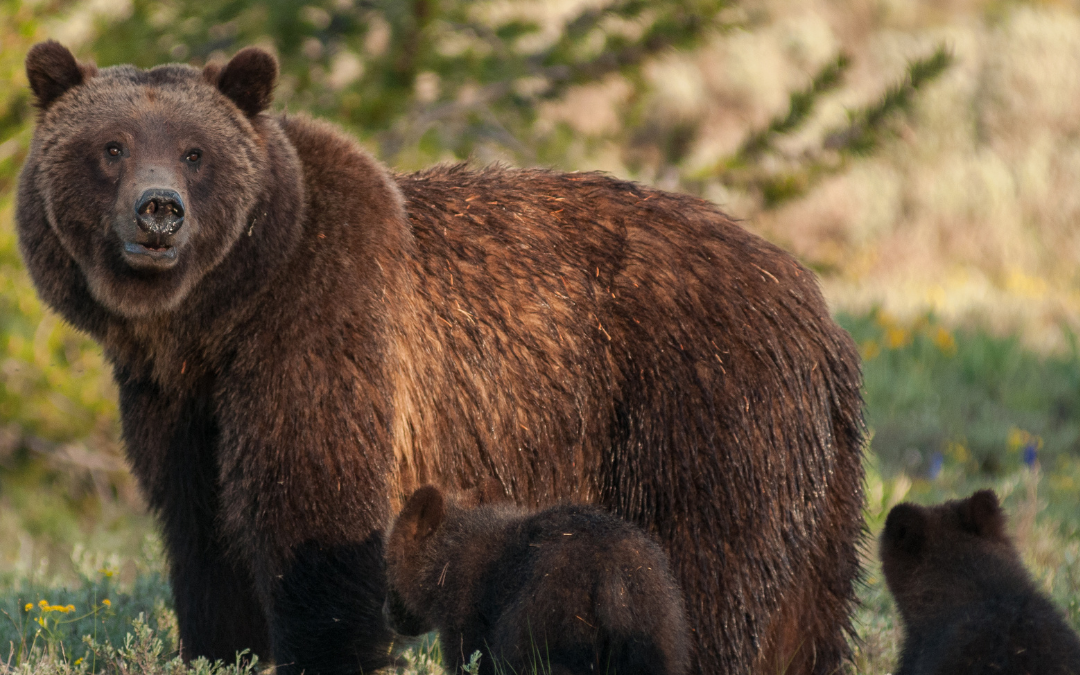Fifty years ago, a landmark legislation emerged as a beacon of hope for countless species teetering on the brink of extinction. The Endangered Species Act (ESA), signed into law on December 28, 1973, has since played a pivotal role in the conservation and recovery of numerous species across the United States. As we mark its 50th anniversary, it’s a moment to reflect on the journey, successes, and the challenges ahead in the realm of environmental conservation.
What is the Endangered Species Act?
The Endangered Species Act is a critical piece of environmental legislation in the United States. Designed to protect critically endangered species from extinction as a consequence of economic growth and development untempered by adequate concern and conservation, the ESA has been instrumental in safeguarding not just the species themselves, but also the ecosystems upon which they depend. It represents a commitment to preserving biodiversity and the natural heritage of the nation.
The Genesis of the Act
The origins of the Endangered Species Act date back to a growing environmental awareness in the late 1960s and early 1970s. The realization that human activities were causing irreversible damage to wildlife and habitats led to a call for urgent action. Spearheaded by a bipartisan effort in Congress and signed by President Richard Nixon, the ESA was a response to the alarming rate at which species were disappearing across the globe.
Triumphs of the Endangered Species Act
Over the decades, the ESA has been a lifeline for numerous species. The American bald eagle, once on the brink of extinction due to pesticide use and habitat loss, has made a remarkable comeback. The humpback whale, gray wolf, and the Florida manatee are other notable success stories, having rebounded from critical numbers. These recoveries are testaments to the effectiveness of the Act’s protective measures.
So, what can you do?
- Educate yourself and others: Raise awareness about the ESA and its vital role in protecting our natural world.
- Engage with your representatives: Voice your support for the ESA and urge policymakers to prioritize its funding and enforcement.
- Support conservation organizations: Donate, volunteer, or participate in their initiatives to protect endangered species and their habitats.
- Consume responsibly: Make informed choices about the products you buy and the impact they have on endangered species and their habitats.
Sustaining the Momentum
To continue the good work of the ESA, it’s essential to foster greater public awareness and involvement in conservation efforts. Strengthening habitat protection, increasing funding for wildlife conservation, and enhancing scientific research for better policy decisions are crucial steps. Moreover, addressing contemporary challenges like climate change, which poses a new threat to wildlife and their habitats, is imperative for future conservation success.
Saving the Grizzly Bear
The Endangered Species Act (ESA) played a pivotal role in saving the grizzly bear from the brink of extinction in the lower 48 states of the United States. Prior to the ESA’s enactment in 1975, grizzly bears faced a multitude of threats. Habitat loss due to human encroachment, unchecked hunting, and poisoning for predator control had decimated their populations. From an estimated 50,000 individuals in the early 19th century, only around 600 grizzlies remained by the mid-20th century.
Opens in a new windowwww.usgs.gov
- This drastic decline prompted their listing as a threatened species under the ESA, granting them crucial legal protection.
The ESA in Action:
The ESA’s impact on grizzly bears was multifaceted:
- Habitat Protection: The Act restricted activities that could harm their habitat, such as logging and development, providing them with safe havens for feeding, breeding, and raising their young.
- Hunting Regulations: Stricter hunting regulations and enforcement significantly reduced human-caused mortality, allowing populations to rebound.
- Recovery Plans: The ESA mandated the development of comprehensive recovery plans that outlined specific actions needed to restore grizzly bear populations and their habitats. These plans included measures like public education, conflict mitigation strategies, and habitat restoration initiatives.
A Resurgence, Though Challenges Remain:
Thanks to the combined efforts of the ESA and dedicated conservationists, grizzly bear populations have shown remarkable recovery. Today, their numbers have climbed to an estimated 2,100, primarily concentrated in five isolated ecosystems like Yellowstone and Glacier National Parks.

